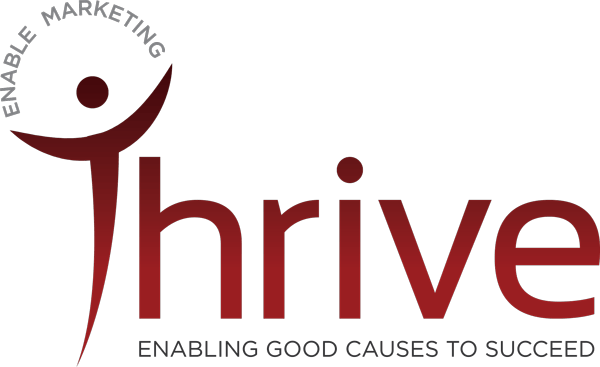Every business at some point will experience an incident that can negatively affect its reputation. Whether it’s a bad review on Tripadvisor or Yelp, a poor product or service review by a critic or a reputable publication or a faulty product that has to be recalled, it is how the incident is managed that can determine how big of an impact it will have on a brand.
Vanitha Swaminathan and Suyun Mah published an excellent article in Harvard Business Review investigating consumer sentiment in relation to the Volkswagen brand, in social media conversations, following the false emissions scandal. They examined over 100,000 tweets about the incident to measure consumer sentiment and the findings were very interesting.
Research Method
The research methodology is detailed in the link above but essentially, their research focused on tweets that mentioned Volkswagen during 4 distinct time ranges when the public spotlight was on the brand including when the news first became public and the following days and any major update and the following days.
The researchers measured the volume of activity on Twitter relating to Volkswagen in each time range and analysed the data to identify the most frequently mentioned words on each day, such as “new,” “news,” and “cheat”. They then measured the consumer sentiment of each tweet, based on the words in the tweet, using analysis software. In addition, they computed average daily sentiment values. They graphed the results which can be viewed on HBR.org.
The Findings
 As you would expect, the volume of social media conversations peaked immediately following news of the scandal and consumer sentiment in social media conversations, towards the overall Volkswagen brand became extremely negative immediately after the scandal first became public.
As you would expect, the volume of social media conversations peaked immediately following news of the scandal and consumer sentiment in social media conversations, towards the overall Volkswagen brand became extremely negative immediately after the scandal first became public.
Following that, the sentiment shifted as the company initiated recovery efforts and regulatory agencies attempted to place responsibility for the scandal on the company itself. The study indicated that these actions by external agencies resulted in quite volatile consumer sentiment.
Interestingly, in the case of Volkswagen the researchers found that the daily percentage of tweets with negative sentiment decreased as time went by, for example, the word “cheat” appeared everyday in the first date range but consumers never used it in the later date ranges.
They also found that initially, consumers referred to Volkswagen the company rather than the individual brands, ie car models. However, as the company recovery plan took effect, social media conversations focused on the affected car models such as Jetta, Bettle and Golf and not on the overall Volkswagen brand.
Crisis Management For Your Brand
This research by Vanitha Swaminathan and Suyun Mah found that consumer sentiment and online conversations change during the course of a scandal and can be broken into various stages. The authors assert that being aware of these stages is key to formulating a plan to effectively address a crisis.
1.Initially, there is a great focus on the crisis itself and the scope of the crisis and conversations revolve around blame and who is responsible.
2. Regulatory Authorities get involved and become prominent in social conversations and there are brief spurts in conversation but nothing near the volume in the early periods.
3. The company initiates recovery efforts: product recalls, issuing apologies and more. There is an effort to isolate the incident to specific products and to limit the effect on other brands in the company’s brand portfolio.
4. As the scandal rescinds, the social media conversation shifts to the broader topic of the brand and its future prospects.
Don’t Hesitate
The researchers highlight that when faced with a crisis, “a business should immediately focus on recovery strategies following an incident” with the aim of improving negative sentiment surrounding the brand. By doing this, “a business can accelerate the shift in conversation away from the incident itself and limit the potential damage” to the brand. Ultimately, if a company’s efforts at recovery are successful, the overall consumer sentiment should return to normal.
I recommend reading the article, you never know when you might need the advice!
Source: Swaminathan, V, & Mah, S. (2016), “What 100,000 tweets about the Volkswagen scandal tell us about angry customers” Harvard Business Review [Accessed 5 September 2016]
Featured images by Pixabay.com
- Minister Michael Ring Launches P. O’Connor & Son Website - April 19, 2018
- What Style Of Leader Are You? - October 26, 2016
- Mobile Friendly Websites Have Become Way More Important - October 17, 2016



